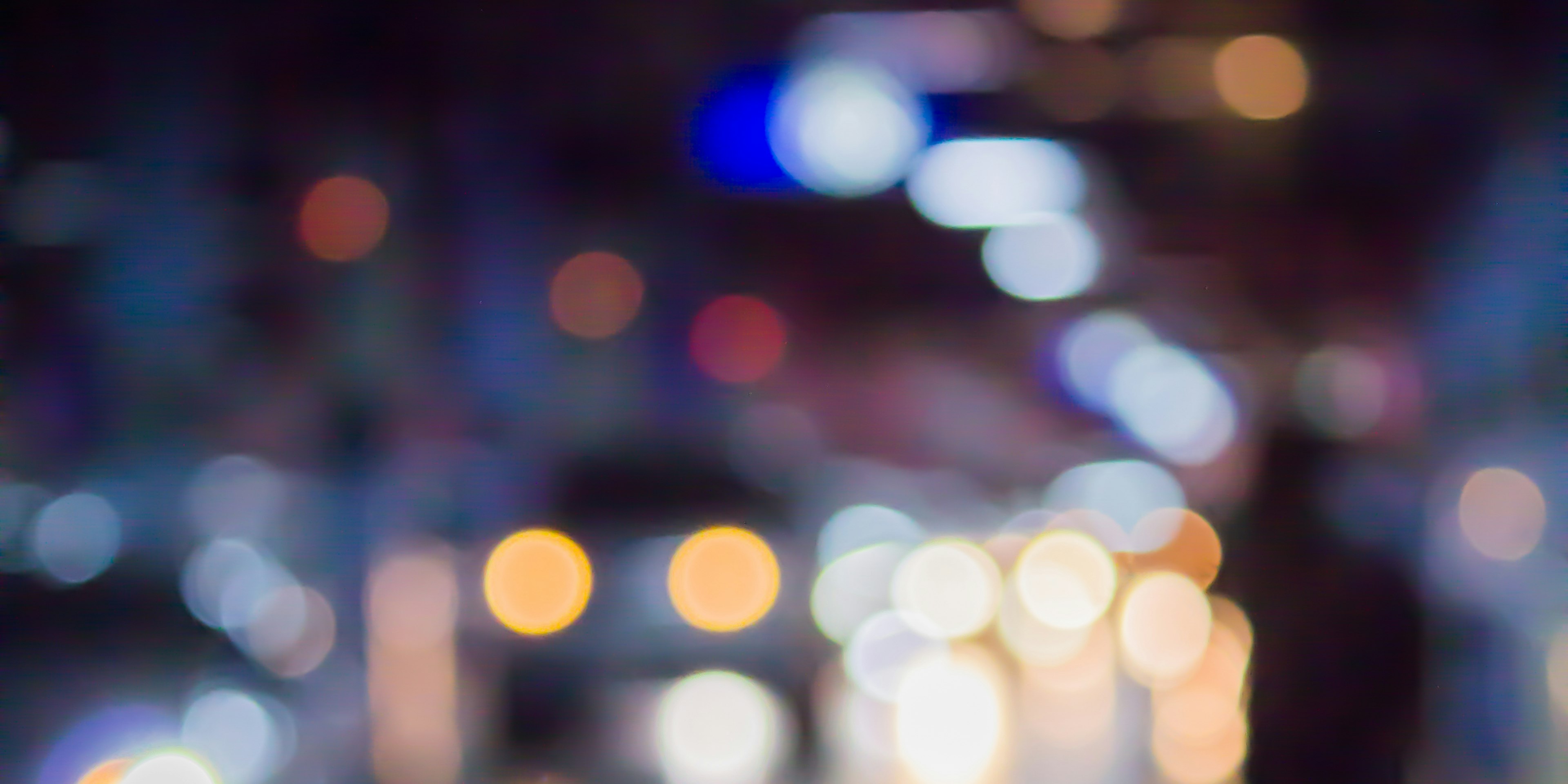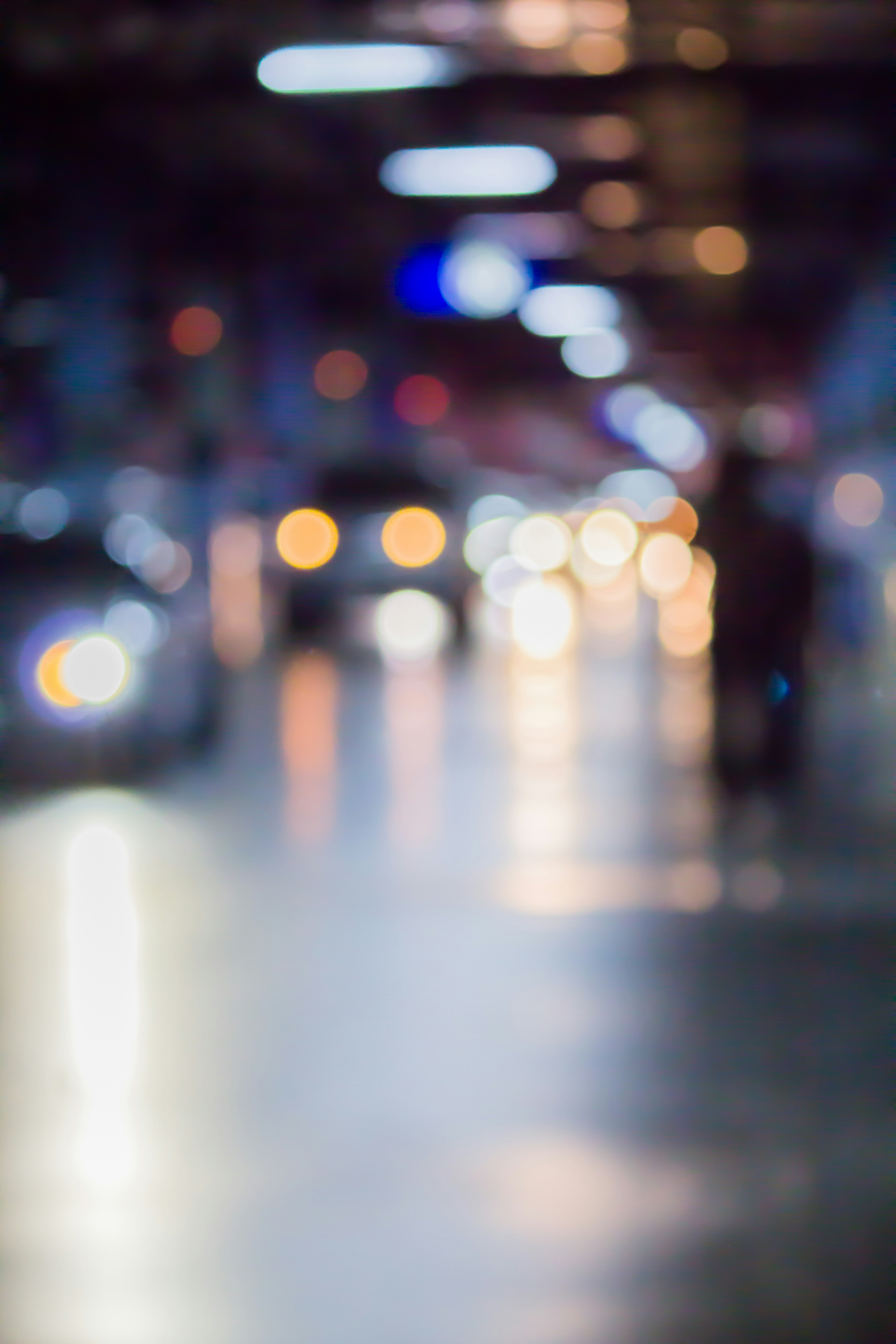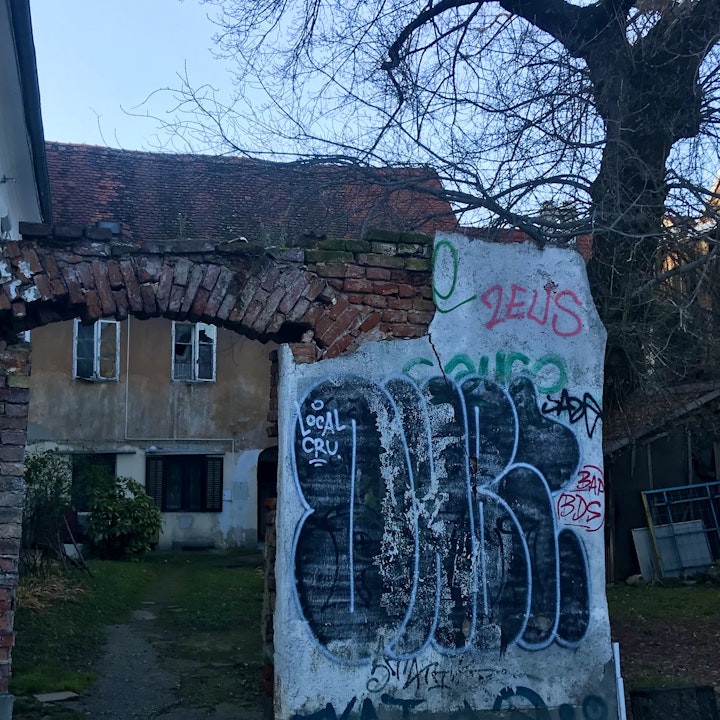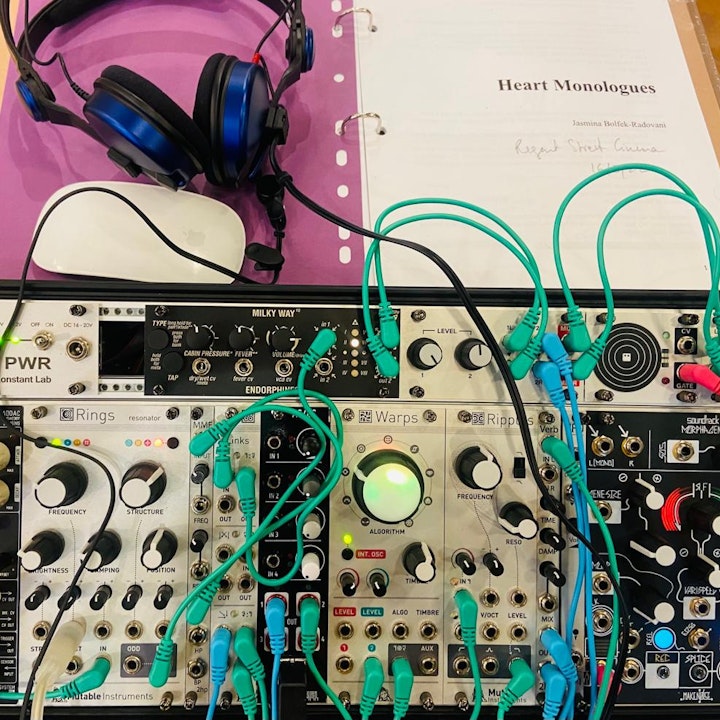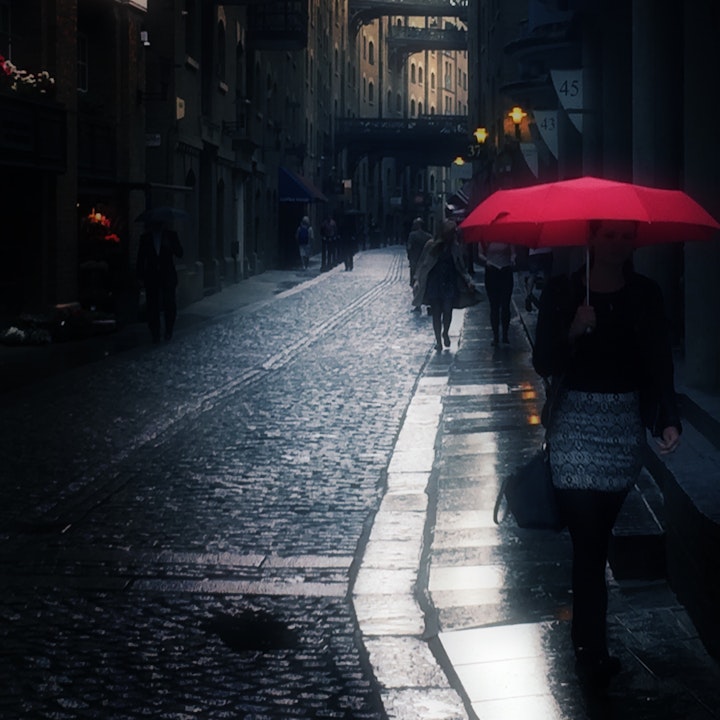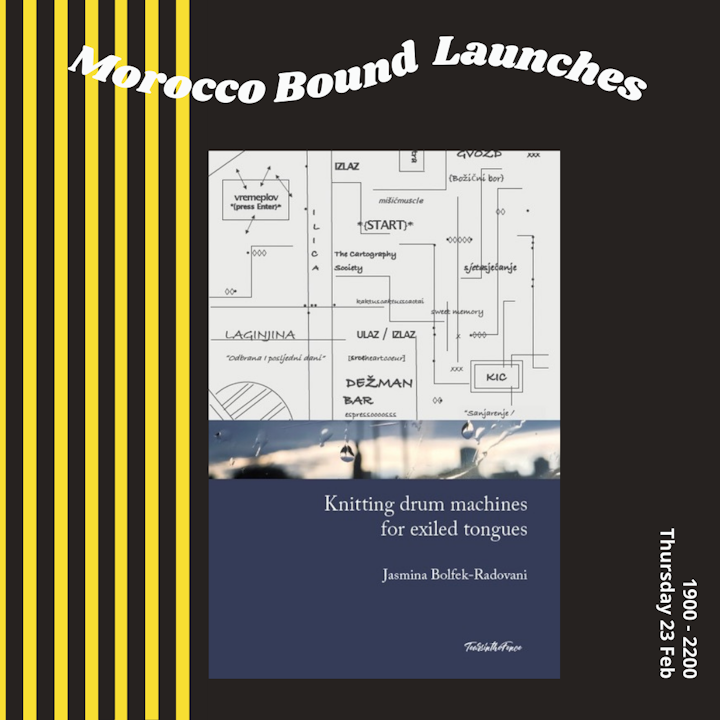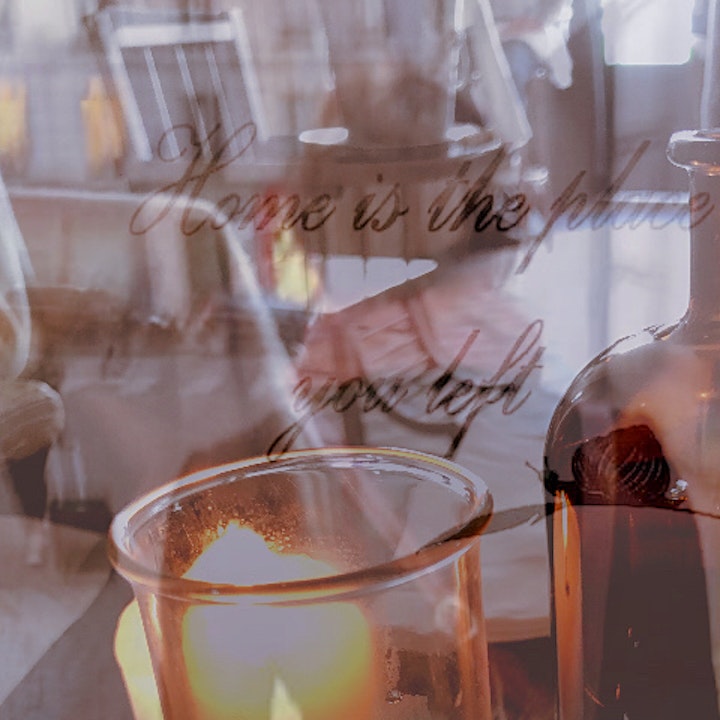so sing! The song is the birthright of birds. (2)
(Shazea Quraishi)
Poetry is an echo asking its shadow to dance
(Carl Sandburg)
Introduction
(Note: The original version of this article was published in 2019 in the online magazine ideje.hr)
This article deals with the question of the position and status of poetry in the UK today as seen from my perspective asan emerging poet living and working in London. It gives a summary review of UK’s current publishing context with aparticular focus on the popularity of the ‘Instapoetry’ genre on the global scene and the reception of spoken wordpoets in UK’s context. It finishes with some short concluding remarks about the power of poetry. Ultimately, it asks the question: what is poetry for the 21 century?
Since I began writing poetry five years ago, I have been asking myself the same kind of questions: What kind ofpoetry do I want to be writing? What is my poetic voice? What makes my poetic voice distinct from the multitude ofother poetic voices out there? Before I decided to start writing multilingual poetry, I had just finished my PhD inFrench Cultural and Literary Studies and I felt the need to explore a different type of writing (other than academicwriting). After experimenting with different literary genres and poetic forms, I chose multilingual poetry. A condensed poetic form in which several languages interlace seemed to be the right way forward for me. (3) The reasons for my choice had a lot to do with my multicultural identity (my shared Croatian and Algerian heritage), yet there were other reasons that attracted me to poetry. Poetry to me is not just about finding the adequate word(s), it is equallyabout finding the adequate image(s) and rhythm(s). A good poem (re)creates something new in the in-between space of the word, the sound and the image. The space of poetry is the space of metaphor, of the elusive; it is a space of echoes, shadows, traces. One could argue that poetry is by nature an interdisciplinary art form.
Poetry as an interdisciplinary art form
The rising popularity of poetry, something that has received a lot of attention from the mainstream media in the lastseveral years, has opened up new questions about the meaning of poetry and has allowed for new avenues of poeticexpression. According to some critics in the poetic establishment, contemporary poetry “is undergoing the most radicalregeneration”. (4) For some others, it is in danger of losing its value as an art form in the context of increased commercialization and popularization of poetry. (5)
The shift in the cultural (re-)positioning of poetry in the UK and its development asa ‘living’ art form can be best illustrated in the number of live poetry events in London in recent years. On 11 April, I attended the event ‘City Poems and CityMusic’, the first in the season of three experimental performances organised at theWhitechapel Gallery celebrating the life and work of the artist and poet Adrian Henri. The season is curated by the American musician Thurston Moore (SonicYouth) and the art editor Eva Prinz with leading international artists and poetsperforming poetry and music. The first of the three evenings (sold out) featuredJarvis Cocker (Pulp), Thurston Moore, the female rock band Big Joanie and the performance poets CAConrad and Sophie Robertson. The public had the opportunity to listen tomusicians Moore and Cocker reading lines of poetry from Henry’s opus for the first time. Especially memorable, in my opinion, was Jarvis Cocker’s interpretation of Henry’s poem ‘Tonight at noon’. The two other poets mentioned above performed their poetry in front of an enchanted audience. Another equally interesting event took place at the Barbican on the 24 April as part of the “Poetry in Motion, Contemporary Iranian Cinema” (3 – 24 April) event series. On the last evening of the series, Sadaf Foroughi’s debut film ‘Ava’ was on show.
Before the movie projection, the Pakistani-born poet Shazea Quraishi read out her delightful echo poem ‘Ghazal with birds’ as her response to the film. (6) I could also cite many other live poetry events in London in the last two yearscommissioned and/ or organized by the Poet in the city initiative, a subsidized poetry education project funded by theArts Council. Events such as these speak to the fact that poetry (whatever we may mean by this) does function very successfully as an interdisciplinary art form.
The UK poetry publishing context
Poetry: the best words in the best order.
(Samuel Taylor Coleridge)
La Poésie… n’a pas d’autre but qu’Elle-même. (7)
(Charles Baudelaire)
What is poetry? (8) If we agree with Coleridge’s definition, then “all we have to do is agree on what we mean by the ‘best words’ and the ‘best order’ and we're laughing.”, as pointed out by the experimental poet Billy Mills. (9) This deceivingly simple question is still the subject of debate today with no definitive agreement among neither the critics nor the poets themselves. Indeed, one can find as many different and equally valid answers to this question as they aretypes of poetry, critical receptions and possible interpretations of what constitutes (great) poetry.
How do these different poetry traditions translate into the poetry publishing context? If one takes the case of the UK, the first thing to note is that UK’s poetry publishing market is increasingly competitive. There are currently more than 130 poetry magazines and journals in the UK, according to the National Poetry Library’s website. (10) Both large and well-established poetry journals, as well as independent ones receive a vast number of monthly submissions. In a recent interview I conducted with David Caddy, editor of the well-established international literary magazine Tears in the Fence, he advanced:
The current state of poetry publishing is buoyant with several new, independent poetry publishers emerging inan increasingly competitive market… ‘[This] prevalence of choice is good for emerging poets.
Indeed, the number and the variety of journals to choose from is good news for emerging poets, provided they choosethe right type of journal that will be interested in publishing their poetry. When asked to comment on whether it ismore difficult to run a print journal now then ten years ago, David Caddy answered:
In terms of 'difficulty' the organisation of a print journal is as easy as it was ten years ago in production terms but more nuanced in editorial terms… Digital printing has reduced printing costs. However, postal and design costs have dramatically increased compared to a decade ago. Thecurrent uncertainties [of Brexit and anxieties over the future] combined with the increased ease of web designhas led to more online poetry journals.
However, as David Caddy remarked, very few of these online poetry journals survive; only a few have any “real poetic respectability”, which is “generally achieved through quality of work, internationally recognised, over a long period”.
Yet, despite all of the opportunities that exist for emerging poets in a buoyant poetry publishing context combinedwith a rich poetry teaching culture in the UK, self-publishing has become popular with a number of poets. Althoughthere are several obvious pitfalls to this type of publication route, most of the poets making this choice value the fact that they can maintain full control of their work.
The ‘strange new world of Instagram poetry’ and the rise of spoken world poetry
I’ve tried to be more romantic, it does nu good for me
So I tek a Reggae
Riddim an build me poetry (‘Dis poetry’, Benjamin Zephaniah)
In a blog piece published by the Poetry Foundation on 24 April 2019, Timothy Yu argues that most of the debates aboutInstagram poetry have revolved around aesthetic judgements about the genre and too few of them have concentrated onthe question of different poetry contexts or worlds. As Yu points out, in the past few decades we have witnessed thedevelopment of parallel “poetry worlds” in which different economic and institutional rules and criteria apply. As heremarks, Instagram poetry is “not… in conversation with any kind of poetic tradition, written or spoken”; it has largelybeen invented by the poets themselves as an amalgam of many different disparate elements.
A summary review of the sources consulted shows that the terms ‘Insta poets’ and ‘spoken word’ poets are used mostly to refer to young poets who have gained commercial popularity by using non-conventional publication channels available on social media and online platforms (Instagram, Twitter, Youtube, Facebook). Many of these poetsreject these terms. For example, British poet Hollie McNish has spoken out recently against the negative connotationsassociated with the reductive use of the terms ‘instagram poet’, ‘youtube poet’ and ‘spoken word poet’:
To call someone an ‘instagram poet’ makes me feel similar to the way I have been called a ‘slam poet’ foryears simply because I have entered five poetry slams in my life. Or a ‘youtube poet’ because I have put poems onto youtube… These sorts of titles are an obvious and easy way to belittle the writing simply for how it is shared. (11)
There is some truth in McNish’s statement. The only important question that should be discussed and criticallyassessed is what type of poetic content and level of discourse prevail in such writing. Instagram poetry seems to be filling a (moral and emotional) vacuum experienced by a disenchanted generation of Millennials. (12) Several media commentators have pointed out that the sharp increase in poetry sales in the past two years has to do with “political Millennials searching for clarity” in “times of political upheaval and uncertainly". (13) There is no doubt that this type of poetry performs some kind of social function for young audiences; it works as a ‘social glue’ in a world perceived as fragmented and in which many different narratives compete. The link between political and social uncertainties and poetry is mentioned also in David Caddy’s comment about the popularity of the Insta poetry phenomenon:
Given the uncertainties of Brexit and anxieties over the future more people, as in earlier economic downturnsand civic unrest, have turned to poetry. Many of these have little or no background in literature. Similarly, not every new poetry publisher has a background in English language and literature.
The 26 year-old Indian-born writer Rupi Kaur is by far the most popular poet on the Instagram poetry scene. (14) With a following of 3.6 million readers on Instagram, Kaur says on herwebsite that she “continues to explore a variety of themes ranging from love, loss,trauma, healing, femininity, migration, revolution”. Kaur started by self- publishing herpoetry on Instagram and was later picked up by Andrews McMeel Publishing. Her firstcollection, Milk and Honey (2014), sold over a million copies putting her on top of theNew York Times list. To an expert eye, Kaur’s book appears as a set of micro-thoughtsfull of clichés resembling more a self-help guide for female heartache than a poetrycollection. Composed infour parts, ‘the hurting’, ‘the loving’, ‘the breaking’, ‘the healing’, the work containsverses such as: ‘i am learning / how to love him / by loving myself or ‘your body / is a museum / of natural disasters / can you grasp how / stunning that is’. One thing the reader is sure to receive is a message from the poet, whether they want it or not. On the other hand, many readers do find something quite refreshing and deeply honest in Kaur’s poetryaccompanied by her own drawings; her writing has struck a chord with a vast following of young female readers thatconnect and identify with her words (as seen from numerous comments to her poems). When asked about his ownviews about Instapoetry, David Caddy characterised it in the following way:
This is more of a commercial than poetic phenomenon and has very little to do with avant-garde poetry. Thistype of spoken word activity overlaps with comedy much more than art or language work. Confusion occurswhen people assume that poetry is one thing rather than a wide spectrum of language practice. Accessibility tolanguage is the first order of critical discussion of such matters.
Not surprisingly, the commercial popularity of Instapoetry has split the poetic establishment in the UK in half. In her2018 article published by PN Review, Rebecca Watts has presented her critique of two young British female poets,Kate Tempest and Hollie McNish, referring to them as “noble amateurs”:
Though their reach is nowhere near Kaur’s in terms of absolute sales figures, Kate Tempest and Hollie McNish are her UK equivalents, dragging their significant and seemingly atypical followings into the arena of establishment-endorsed poetry. (15)
Hollie McNish’s response to Watts’ critique can be read on her own website. McNish (also known as Hollie Poetry)gained popularity through her Youtube videos. She speaks of social issues such as motherhood, immigration and gender through her female experiences; her 400-page poetry epic Nobody Told Me (2016) about motherhood won her the 2016 Ted Hughes Award for poetry.16 Of the spoken word poetry scene, McNish says that she loves “its democratic nature” and the diverse audience it attracts.
In opposite to Rebecca Watts’ overtly negative views, the T.S. Elliot prize winning poet Don Paterson praises McNish’s and Tempest’s spoken word poetry in his response to Watts: (17)
Spoken-word poetry might “fail” by Watts’s own favoured house rules but it has its own code, by which it deserves to be judged – a distinct aesthetic party borrowed from hip- hop, where song-like rhythmic “flow”and ingenious rhyming and metaphor are often prized, but where “authenticity” seems to be valued most of all. (18)
As Timothy Yu also argues, spoken word poetry “has developed its own aesthetics, institutions and publics, whilstremaining outside creative-writing’s print dominated culture”.
Kate Tempest is probably the most popular female spoken-word artist in the UK. Like McNish, she was awarded the2012 Ted Hughes Award for her poetry collection Brand New Ancients. Kate started her carrier as a rapper before forging her place as a spoken-word artist and poet. She still calls herself primarily a rapper. She has beenpraised for both her poetry and her live performances on stage. Her long poem Let Them Eat Chaos (Picador Poetry, 2016) is regarded by some asthe 2016 antidote to Brexit and Trump. As a matter of comparison, the2018 Ted Hughes Award was recently given to the British-Jamaican deafspoken word poet Raymond Antrobus for his debut collection The Perseverance (publisher: Penned In The Margins, 2018). Not attracting nearly as much attention as McNish’s orTempest’ poetry, Antrobus’ collection was described by Linton Kwasi Johnson as “the most engaging collection ofpoems we have read in a long time” (The Guardian).19
British spoken word poets such as Tempest and McNish are clearly part of the poetic establishment, regardless of howtheir work is judged. When speaking about the spoken word poetry tradition in London, it is impossible not to mentionhere the legacy of two of the most important British dub poets, Linton Kwasi Johnson and Benjamin Zephaniah. Dub poetry is a form of performance poetry of West Indian origin “which evolved out of dub music in Kingston, Jamaicain the seventies, as well as in London and Toronto”. Johnson and Zephaniah arrived at the London cultural scene in theearly eighties with their politically engaged writing denouncing social inequalities during the Thatcher’s era. AsJohnson explained in a 2008 interview: “Writing was a political act and poetry was a cultural weapon”. Johnson’sseminal album Dread Beat an' Blood, 1978, a classic of black popular art, contains his song Al l Wi D oin’ Is D efend in’ , which predicted the 1981 Brixton riots. I have to say that what I like most about their poetry (see, for exemple, If IWoz Tap-Natch Poet & Dis Poetry) is how innovative Johnson’s and Zephaniah’s language looks and sounds. Indeed,the use of Jamaican Creole (or any kind of patois) in poetry and literature is a known writing strategy of resistance assigned to several postcolonial writers making the connection between language and (post-)colonialism. 20 It isinteresting to note in that context that Benjamin Zephaniah has recently declined to be nominated as a contender for themost prestigious position of the Poet Laureate (when Carol Duffy’s position expires in May 2019). One cannot helpbut wonder what type of changes he would potentially be able to bring to the contemporary poetry world had heaccepted to compete.
Conclusion
Poetry as an art form for the 21 century should allow for polyphonic voices and visions to thrive. I do not believe its‘raison d'être’ should be to offer ready-made answers to its readers. Instead, it should challenge the reader’sperceptions and expectations. If poetry essentially reveals “something new” then one needs to ask whether young poets such as Tempest, McNish and Kaur contribute anything to the advancement of the poetry craft? (21) What do they bring to the table that radically changes the readers’ experience of the world we live in? What are the poetic devices andinnovation strategies they use in order to challenge the readers’ perceptions? I am reminded of the French-Algerianwriter Hélène Cixous when she writes that revolution begins in language. The language of poetry has the power to do just that.
Footnotes
1 The title is inspired by the first two verses of Blondie’s 1978 single ‘Poet’s Problem’: ‘Poet's problem, patron’s sin, puts me in the place I'm in. /Passion's letter, poison pen, on these two things I can depend.’
2 Verse from ‘Ghazal for birds’, an echo poem written in response to the film ‘Ava’ performed on the evening of its projection (‘Poetry inMotion’, Contemporary Iranian Cinema, 3 – 24 April 2019, Barbican).
3 See my published essay on multilingual poetry writing ‘Unbound Lines: Writing in the Space of the Multilingual’, Balkan Poetry Today, issue 2, September 2018, available on my blog.
4 The White Review, http://www.thewhitereview.org/prize/white-review-poets-prize-2017/.
5 See Rebecca Watts’ much discussed article mentioned later in this piece.
6 ‘Ghazal’ is an Arabic verse form dealing with loss and romantic love, see: https://www.poetryfoundation.org/learn/glossary-terms/ghazal
7 “Poetry… has no other purpose then Itself” (my own translation). Charles Baudelaire, “Théophile Gautier”, in: L’artRomantique: “La Poésie, pour peu qu’on veuille descendre en soi-même, interroger son âme, rappeler ses souvenirsd’enthousiasme, n’a pas d’autre but qu’Elle-même”, p. 166. See:https://fr.wikisource.org/wiki...’Art_romantique/Théophile_Gautier.
8 The word ‘poetry’ is derived from ‘poetics’ or from the Greek ποιητικός poietikos "pertaining to poetry," literally "creative,productive," from ποιητός poietos "made," verbal adjective of ποιεῖν poiein "to make”. See the online etymology dictionary:https://www.etymonline.com/word/poetic.
9 Billy Mills, ‘Finding the right word to define poetry’, in: The Guardian, 25 January 2018. See:https://amp.theguardian.com/bo...
11 ‘H McNish, in response to Watt’s paper’, https://holliepoetry.com/2018/01/21/pn-review/.
12 See Huma Qureshi, “‘How do I love thee’? Let me Instagram it”, in: The Guardian, 23 November 2015. See:https://www.theguardian.com/books/2015/nov/23/instapoets-instagram-twitter-poetry-lang-leav-rupi-kaur-tyler-knott-gregson
13 Donna Ferguson, ‘Poetry sales soar as political Millennials search for clarity’, in: The Guardian, 21 Jan 2019. See:https://www.theguardian.com/books/2019/jan/21/poetry-sales-soar-as-political-millennials-search-for-clarity
14 Other popular Instapoets: Atticus, Lang Leav, Reuben Holmes – known as r.h. Sin. See also Tyler Knott Gregson famous for his daily poetry posts (‘Daily Haiku on love’ and the ‘Typewriter Series’ daily posts).
15 ‘Rebecca Watts, “The Cult of the ‘Noble Amateur’”, in: PN Review 239, Volume 44 Number 3, Jan – Feb 2018. See:https://www.pnreview.co.uk/cgi-bin/scribe?item_id=10090
16 “The Ted Hughes Award for New Work in Poetry seeks to recognise excellence in poetry, highlighting outstanding contributions made by poets to our cultural life. The £5,000 prize is donated by Carol Ann Duffy, funded from the annualhonorarium the Poet Laureate traditionally receives from HM The Queen.” (The Poetry Society)
17 Don Peterson is currently McNish’s and Tempest’s publisher at Picador.
18 Don Peterson, ‘Curses and verses; the spoken-word row splitting the poetry world apart’, The Guardian, 26 Jan 2018.
19 Sian Cain, ‘Deaf poet Raymond Antrobus wins Ted Hughes prize’, in: The Guardian, 27 March 2017.
20 The Caribbean Francophone writer and poet Edouard Glissant has spoken and written extensively about issues of language and colonialism in the context of French colonisation
21 Citation from Praise for poetry, Olga Sedakova, Open Letter 2014, cited in article by Caroline Clark, Tears of the Fence, nr. 69 Spring 2019, p. 116.
